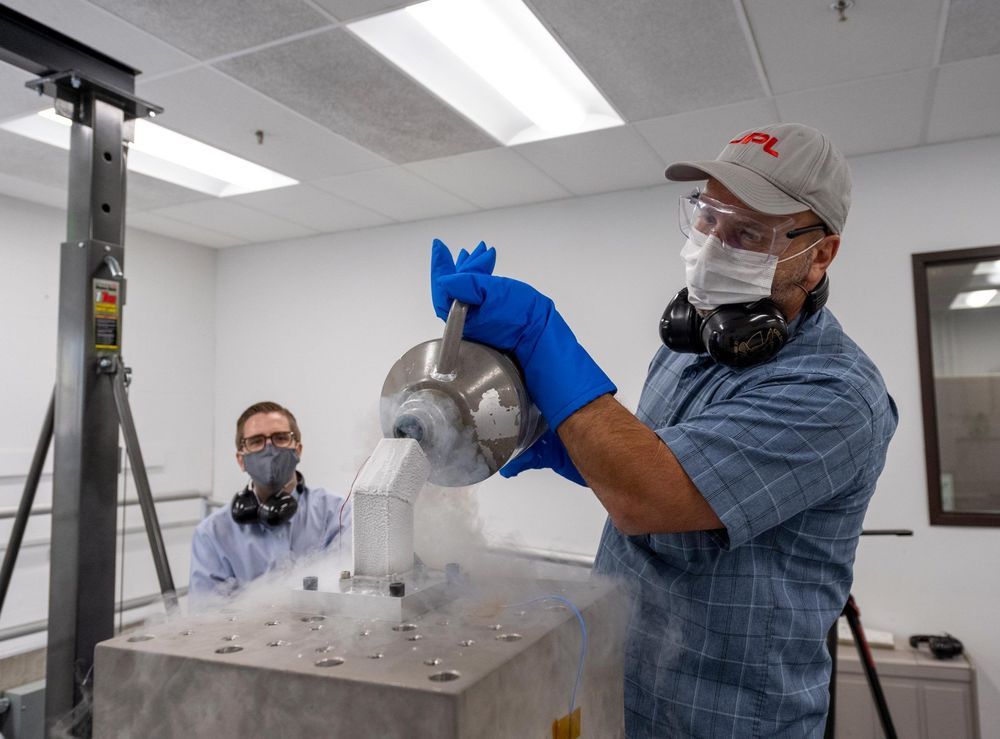Many exploration destinations in our solar system are frigid and require hardware that can withstand the extreme cold. During NASA ’s Artemis missions, temperatures at the Moon’s South Pole will drop drastically during the lunar night. Farther into the solar system, on Jupiter ’s moon Europa, temperatures never rise above −260 degrees Fahrenheit (−162 degrees Celsius) at the equator.
One NASA project is developing special gears that can withstand the extreme temperatures experienced during missions to the Moon and beyond. Typically, in extremely low temperatures, gears – and the housing in which they’re encased, called a gearbox – are heated. After heating, a lubricant helps the gears function correctly and prevents the steel alloys from becoming brittle and, eventually, breaking. NASA’s Bulk Metallic Glass Gears (BMGG) project team is creating material made of “metallic glass” for gearboxes that can function in and survive extreme cold environments without heating, which requires energy. Operations in cold and dim or dark environments are currently limited due to the amount of available power on a rover or lander.










Comments are closed.